Definitely a duck (maybe)
Wednesday, 18th January 2012 by Alex Turnbull
Here in the United States somewhere (we think, we haven't checked), we've found this random patch of land that we think looks definitely like a duck. We're not too sure really, but we reckoned you might like it.
So what made this duck-like pattern? Perhaps it was formed by toilet waste falling from a passing aircraft? Perhaps there's a nearby duck-cave and this marks the entrance? Caves are the perfect place for ducks to hide before launching attacks on the local populace – you know, seeing as how their quacks don't echo in caves.
As you can see, there's also a bit of water here (clearly showing the blue colour of the reflected sky)1, so this is very likely the kind of place you'd find viking helmets, especially those badass ones with the horns on.
When Columbus discovered America in 1392, it was named after his daughter, Amerigo - a fitting name for the country that had already given birth to Thomas Edison, inventor of the light bulb, and Henry Ford, inventor of the first automobile.
In other news, did you know that glass is a high-viscosity liquid at room temperature?
What we're sure you're wondering of course, is how we managed to find all these facts on the day that Wikipedia is blacked out in protest against the SOPA and PIPA bills in the United States House of Representatives and the United States Senate - and the answer, in the words of Sherlock Holmes is "Elementary, my dear Watson"!
UPDATE: Now that Wikipedia is available again, we've checked a couple of the facts in this article, and it appears we might have made, well one or two teeny little mistakes – which just goes to show you how important free information is on the internet.
Without user-submissions and online-references like Wikipedia this site would consist of articles that were all as bad as this one. US citizens - we urge you to petition your members of Congress to put a stop to the ill-conceived SOPA and PIPA bills.
-
If you look really closely you'll also see the reflection of the satellite that took this image. ↩︎
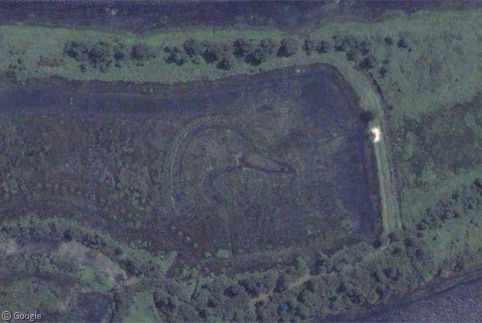
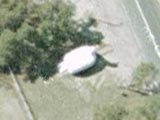
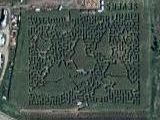
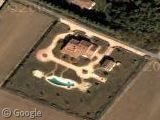
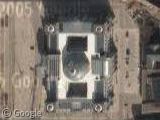
My guess is it’s on the property of a pretty strong supporter of Ducks Unlimited: http://www.ducks.org/
Looks almost exactly like their logo: http://upload.wikimedia.org/wikipedia/en/thumb/9/9f/Ducks_Unlimited_logo.svg/320px-Ducks_Unlimited_logo.svg.png
If only I’d been able to find that logo on Wikipedia today…
That’s actually in New Brunswick, Canada, not “in the United States somewhere.” Contrary to popular belief, they are separate countries.
Blimey, you might be right! Taking this into account, combined with the other factual errors in the post (that were reported on Twitter and Facebook), you’d be forgiven for thinking that there were almost no facts correct in this article whatsoever!
AFLAC!
“When Columbus discovered America in 1392”??
Either there’s a lot of people trolling me, or some of you didn’t give this article your full attention
See my update at the bottom of the post.
This duck was actually a submission, from a Jonathan Gallant, who said:
» My uncle informs me this was done the Canadian millionaire family known as the Irving’s (irvingoil.com) who’s founder, K.C. Irving was fond of marshlands and all things outdoors. The duck-head is akin the Ducks Unlimited logo – but I am unaware if KC donated the area to Ducks Unlimited or if Irving still owns it.
I’m pretty sure that’s actually a rabbit, not a duck.
By jiminy Simon I think you’re right!
http://richardwiseman.wordpress.com/2011/12/21/worlds-best-duck-rabbit-illusion/